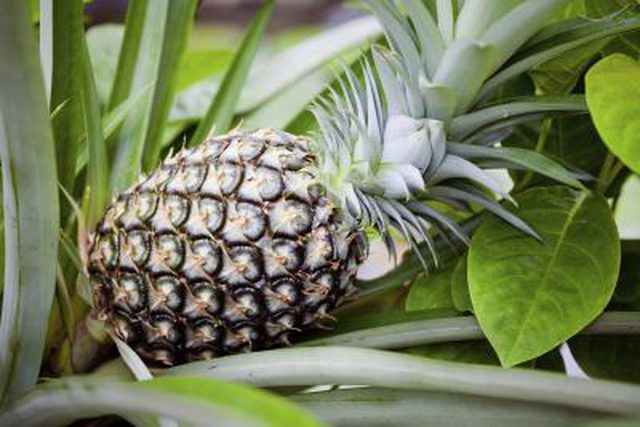Bulbs
Flower Basics
Flower Beds & Specialty Gardens
Flower Garden
Garden Furniture
Garden Gnomes
Garden Seeds
Garden Sheds
Garden Statues
Garden Tools & Supplies
Gardening Basics
Green & Organic
Groundcovers & Vines
Growing Annuals
Growing Basil
Growing Beans
Growing Berries
Growing Blueberries
Growing Cactus
Growing Corn
Growing Cotton
Growing Edibles
Growing Flowers
Growing Garlic
Growing Grapes
Growing Grass
Growing Herbs
Growing Jasmine
Growing Mint
Growing Mushrooms
Orchids
Growing Peanuts
Growing Perennials
Growing Plants
Growing Rosemary
Growing Roses
Growing Strawberries
Growing Sunflowers
Growing Thyme
Growing Tomatoes
Growing Tulips
Growing Vegetables
Herb Basics
Herb Garden
Indoor Growing
Landscaping Basics
Landscaping Patios
Landscaping Plants
Landscaping Shrubs
Landscaping Trees
Landscaping Walks & Pathways
Lawn Basics
Lawn Maintenance
Lawn Mowers
Lawn Ornaments
Lawn Planting
Lawn Tools
Outdoor Growing
Overall Landscape Planning
Pests, Weeds & Problems
Plant Basics
Rock Garden
Rose Garden
Shrubs
Soil
Specialty Gardens
Trees
Vegetable Garden
Yard Maintenance
How to Grow Pineapple Top in a Pot
How to Grow Pineapple Top in a Pot. You can grow tropical pineapple (Ananas comosus) in a pot no matter what the climate is like in your corner of the world. You can move a container-grown pineapple plant inside during cold weather, or you can leave it outside if you live in its perennial range of U.S. Department of Agriculture plant hardiness...

You can grow tropical pineapple (Ananas comosus) in a pot no matter what the climate is like in your corner of the world. You can move a container-grown pineapple plant inside during cold weather, or you can leave it outside if you live in its perennial range of U.S. Department of Agriculture plant hardiness zones 10 through 12. Simply cut the top off a store-bought pineapple to start your own plant.
Crowning Glory
When you cut off the top -- also called the crown -- of a pineapple fruit, you may see brown dots or bumps along the base. These are called root primordia -- the places at which new roots grow. Let the severed pineapple top dry for several days to discourage rotting. Fill a pot with rooting medium, such as vermiculite, perlite or sand, and bury the pineapple crown up to its lower leaves in the medium. Use a pot that has drainage holes. To increase humidity around the plant, which helps the pineapple form roots, you can encase the pot in a white plastic bag that you securely loosely at the top. Place the pot in a warm spot and keep the rooting medium moist. It may take up to two months for roots to form.
Skip the Soil
You can also root a pineapple top in a container of water. Place the pineapple top into a container and add water to cover the primordia on the crown. Put the container in a sunny place outside where nighttime temperatures do not dip below 64 degrees Fahrenheit, and change the water frequently to keep it clear and clean. Roots typically form on the crown in two to six weeks. The crown is ready to transplant into soil when the roots are 2 inches long.
Potting and Patience
After the roots form, transplant the rooted pineapple crown into a 3- to 5-gallon pot filled with a lightweight potting mix, such as 2 parts soil mixed with 2 parts humus and 1 part sand. Again, use a container with drainage holes. Let the mix dry slightly between waterings, and then water it until the water flows freely from the drainage holes. In spring and summer, when the pineapple plant is growing quickly, fertilize it twice a month with a water-soluble houseplant fertilizer, such as 20-20-20, and reduce fertilizer applications to once monthly in fall and winter. Follow the label directions for mixing, which typically note 2 teaspoons of fertilizer per 1 gallon of water. Place the pineapple pot in a sunny spot and bring it inside before the first frost. Be patient because pineapple plants grow slowly, taking up to three years to mature.
Flowering and Fruiting
You can grow a pineapple plant for its foliage only, or you can grow it for its fruit. The larger the pot you choose, the greater potential for a bigger plant and fruit. After two years, if your pineapple plant has not produced flowers, you may need to give it a boost. Place the potted plant inside a plastic bag with an apple, and seal the bag for three to four days. As the apple ripens, it produces ethylene gas, which advances the plant to its blooming stage. After this treatment, the plant typically produces flowers in two to three months. Or, lay the pot on its side between watering days, which confuses the plant’s hormones and causes it to produce another hormone -- ethylene -- which has the same effect as the apple’s ethylene gas to induce flowering. After the flowers fade, a red cone followed by blue flowers gives way to a new pineapple fruit, which is ready to pick in about six months.